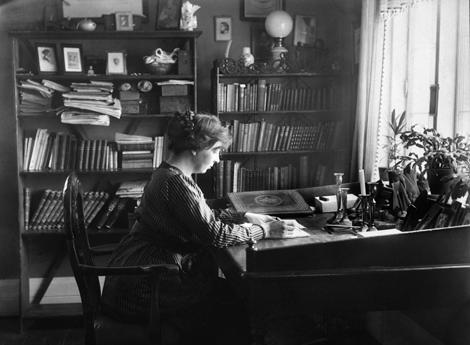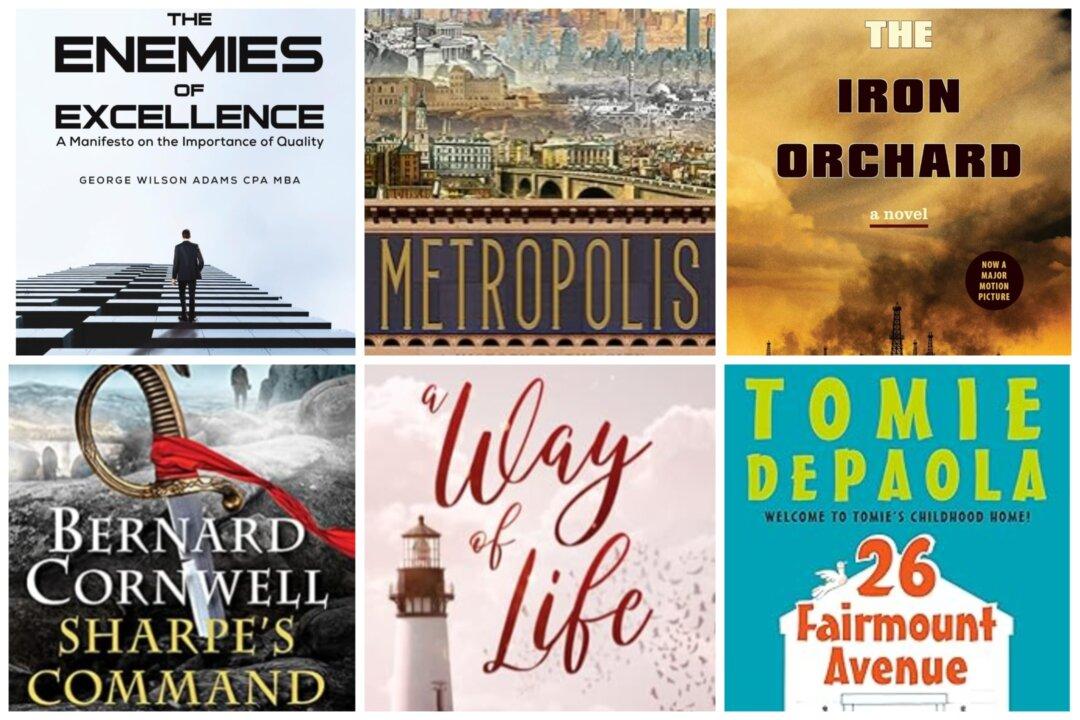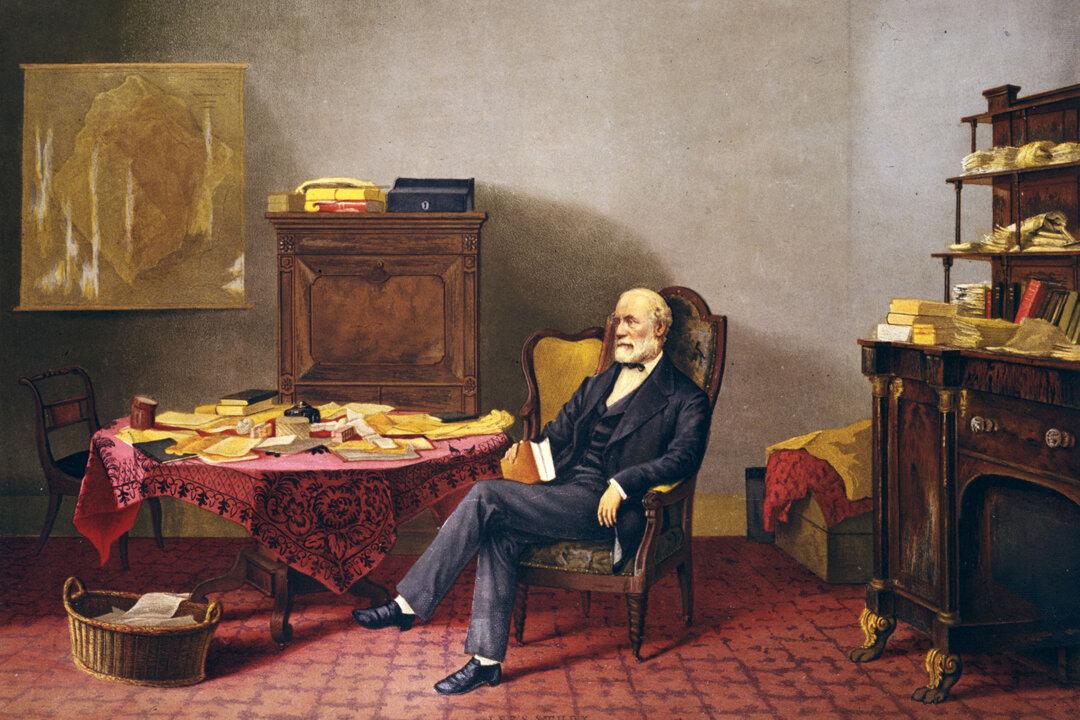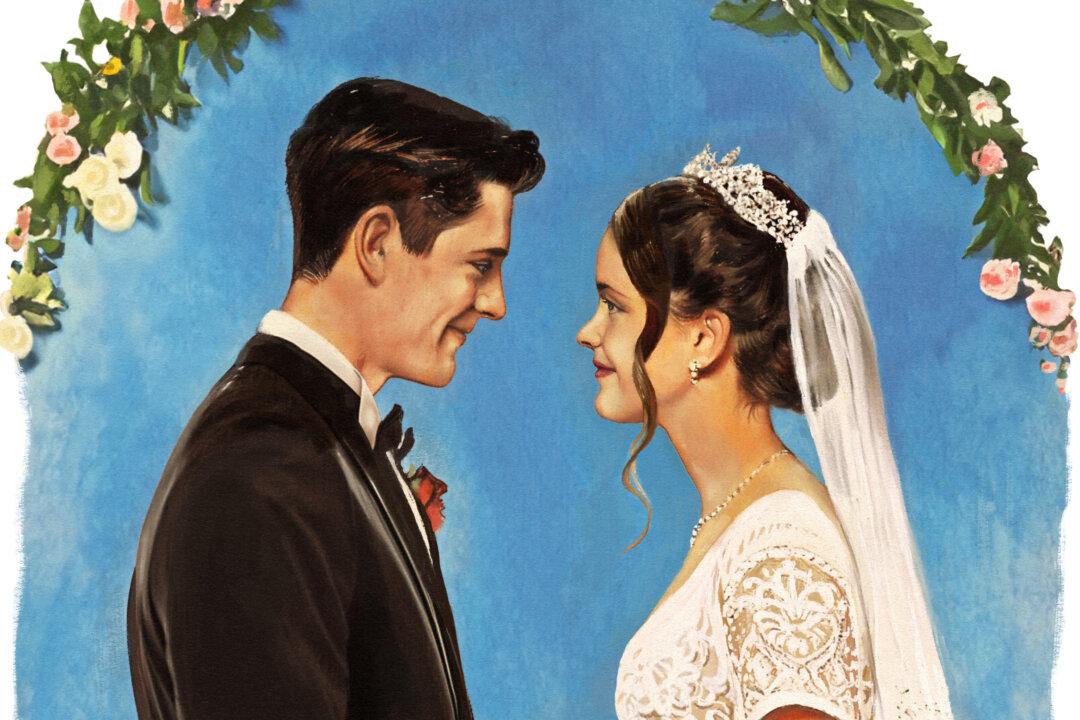The greatest of novelists—Leo Tolstoy, Fyodor Dostoevsky, Jane Austen, Mark Twain, and others—sweep us off to a time and place utterly different from our own. We read the books of these writers with one foot in the world of the ordinary—home, work, children, meals—but with the other planted firmly in the dream world furnished to us by the writer. The soirees and balls of Anna Karenina’s Saint Petersburg envelop us; the murder of the pawnbroker in “Crime and Punishment” might as well belong to this morning’s headlines; Mr. Darcy and Elizabeth Bennet of “Pride and Prejudice” become our intimates; the raft of Huck and Jim carries us down the Mississippi.
In “Kristin Lavransdatter,” Norwegian writer Sigrid Undset accomplishes this same literary miracle. From the first pages of this trilogy, which helped Undset win the Nobel Prize in 1928, we are transported back in time to 14th-century Norway, with her imagination and exquisite language becoming our time machine.
This was the time of year when her mother and the serving maids were wont to sit of the evenings in the weaving-house. And her father and the men too would come in and sit down by the women with their own tasks—mending leather gear and farm tools, and carving in wood. The little house was filled full with folk, and talk ran on quietly and easily amongst them. When one had gone over to get him a drink from the ale-tub, he asked ever, before he hung up the ladle again, if any other had a mind to drink—’twas a firm, fixed rule.
In this simple scene, we find motifs that run throughout this saga: the constant work, the camaraderie between men and women, and the traditions that govern even small daily acts.The Trilogy
Undset’s story focuses, of course, on Kristin. In volume I, “The Bridal Wreath,” we first meet Kristin when she is a girl, beloved by her father, Lavrans, and her mother, Ragnfrid.Her parents are acquainted with hardship, having suffered the loss of three sons and the crippling of Kristin’s sister, but they steadfastly maintain their religious faith and their affection for one another in the face of these adversities.
Despite being betrothed to Simon Darre, a neighbor’s son, Kristin falls in love with Erlend Nikulausson and eventually succeeds in wedding him, leading to the tragedy that becomes her life.
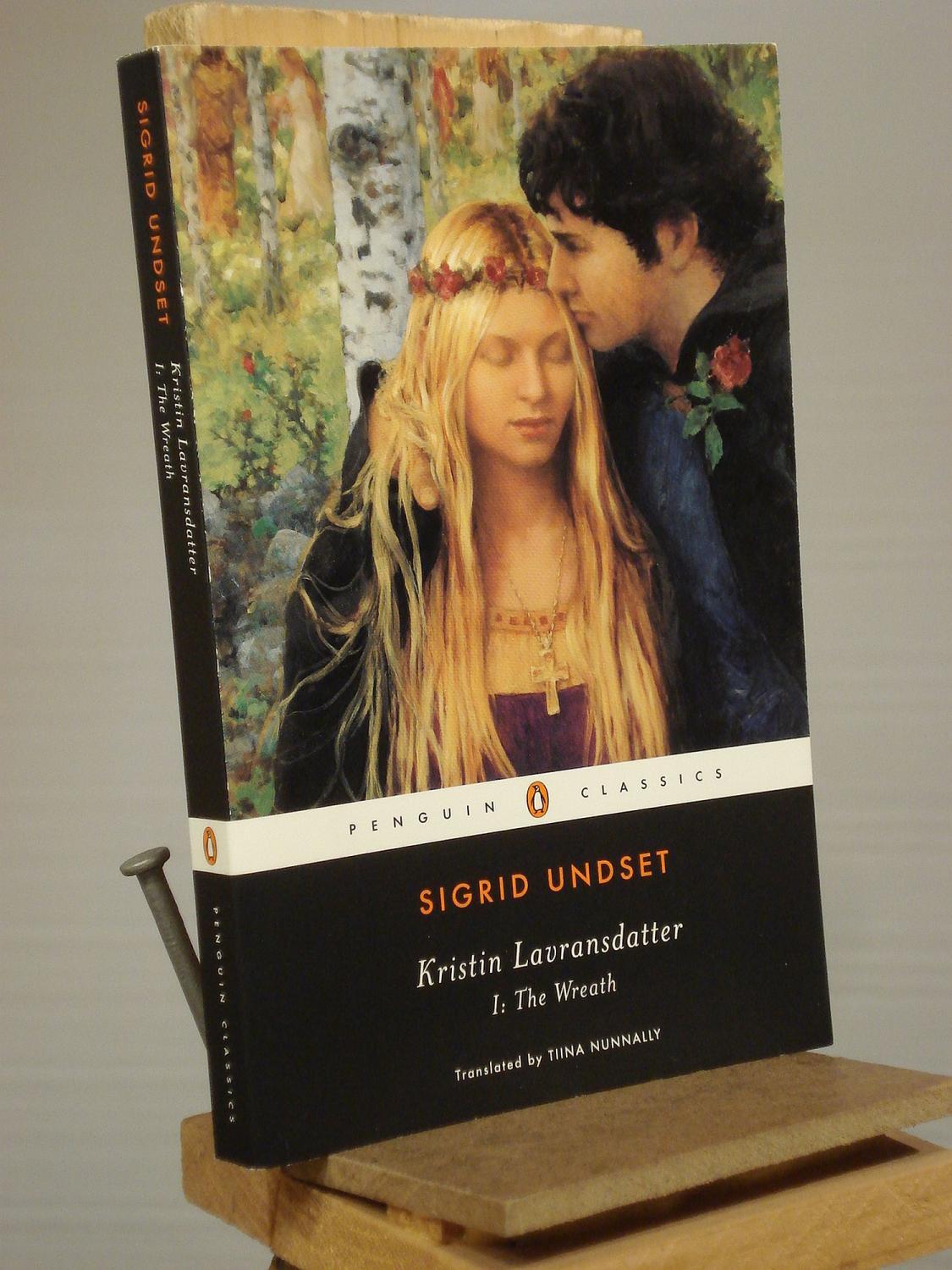
In volume II, “The Mistress of Husaby,” Kristin bears seven sons; helps raise two other children, offspring of her husband’s former mistress, now dead by suicide; manages the estate; and contends with the reckless Erlend; all the while trying to practice her Catholic faith.
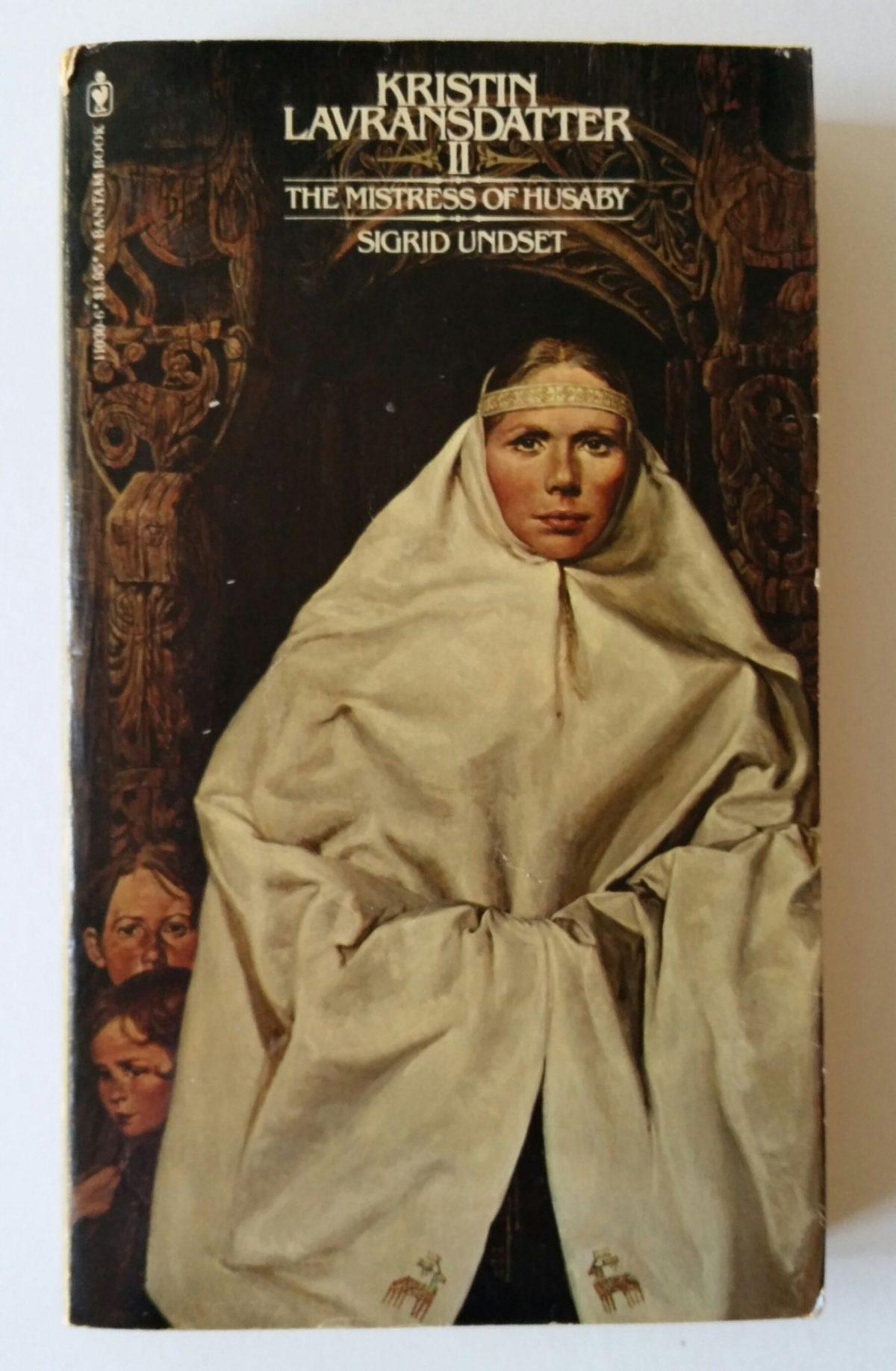
Volume III, “The Cross,” brings us the separation of Kristin and Erlend after a terrible argument over Erlend’s mismanagement of their land and wealth.
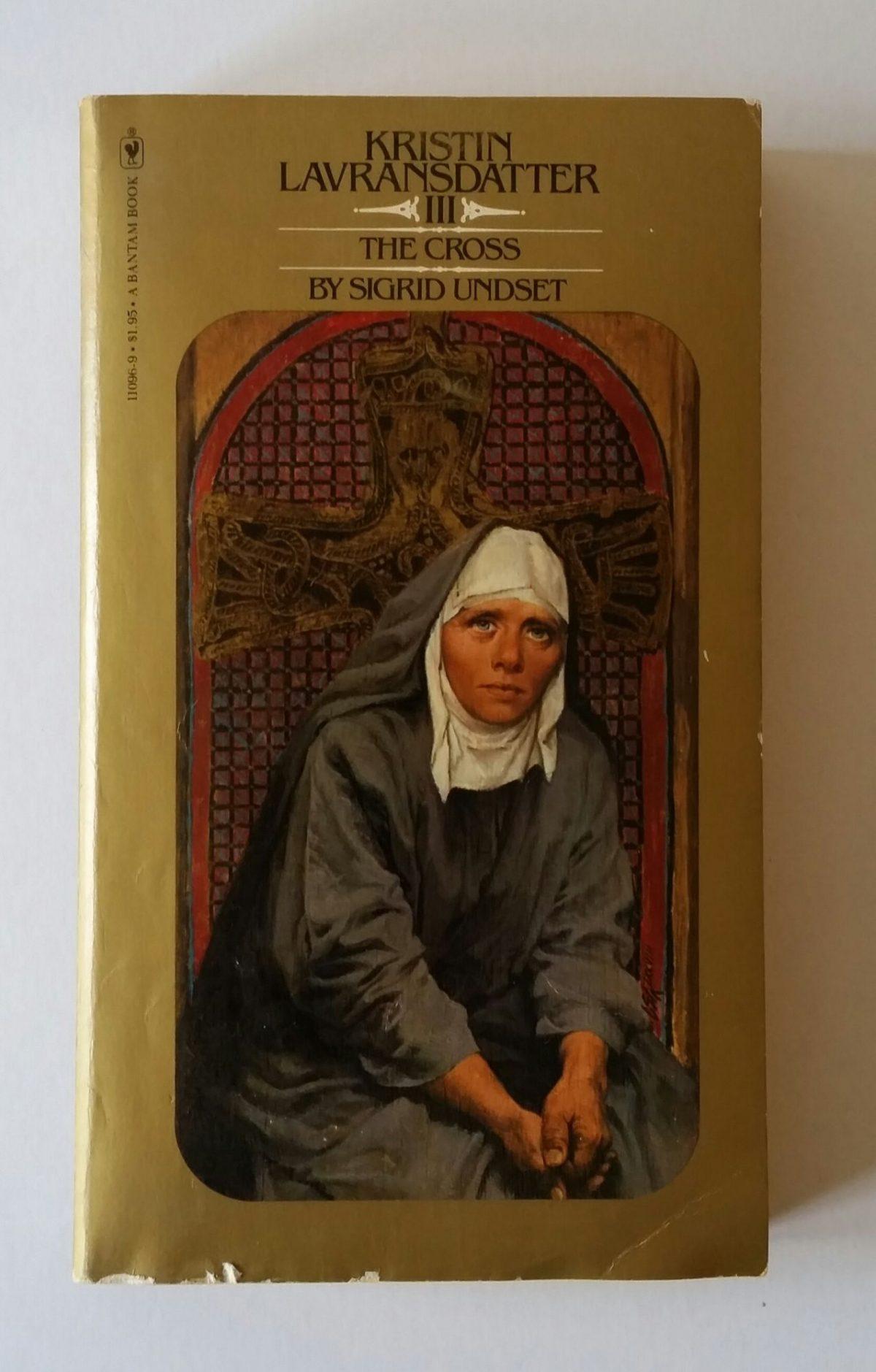
Kristin then undergoes other arduous trials, including the death of her eighth son, an infant; accusations of adultery; and the violent death of Erlend. She turns her farm over to one of her grown sons and his wife and retires to an abbey, where she dies tending to those fallen ill with the Plague.
So what do we gain from reading this narrative of a woman’s life?
First, as already stated, Sigrid Undset enriches our lives by taking us deep into a culture now buried in the sands of time. She had studied Norse manuscripts and Latin texts, had visited churches and ruins, and had a passionate interest in archaeology. She brings this rich knowledge into “Kristin Lavransdatter” and breathes life into this distant era.
Next, we enter here a world where faith is not something practiced only on Sunday or hidden away, but is deeply entrenched in the people. They live by a calendar of saints’ days, they are unembarrassed to proclaim their love of Christ, and they walk surrounded by miracles, angels, and demons.
We moderns may scoff at their naiveté and their superstitions (many of these latter have nothing to do with Christianity), but while we have made great steps in our scientific and technological advances, some of us finish “Kristin Lavransdatter” and wonder what we have lost. What qualities of life are now invisible to us?
Finally, we have in Kristin one of the greatest literary figures of all time. She is a passionate, beautiful woman who too often thinks with her heart instead of her head, makes some terrible mistakes, and brings pain to others, in particular her adoring father.
The Author
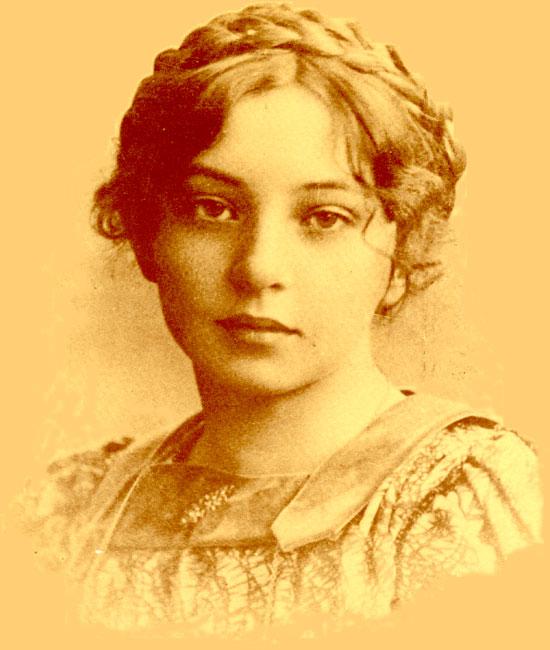
Like her heroine, Sigrid Undset also suffered many trials. Her marriage fell apart. One of her children suffered from mental instability, and a son died fighting the Nazis.
After finishing “Kristin Lavransdatter,” Undset entered the Catholic Church, a conversion that caused scandal in Lutheran Norway. When the Germans invaded Norway, her longtime opposition to Hitler forced her to flee. (Her books were by then banned in Germany.) And after many trials, she settled until the war’s end in the United States, and then returned to Norway.
A Handmaiden of God
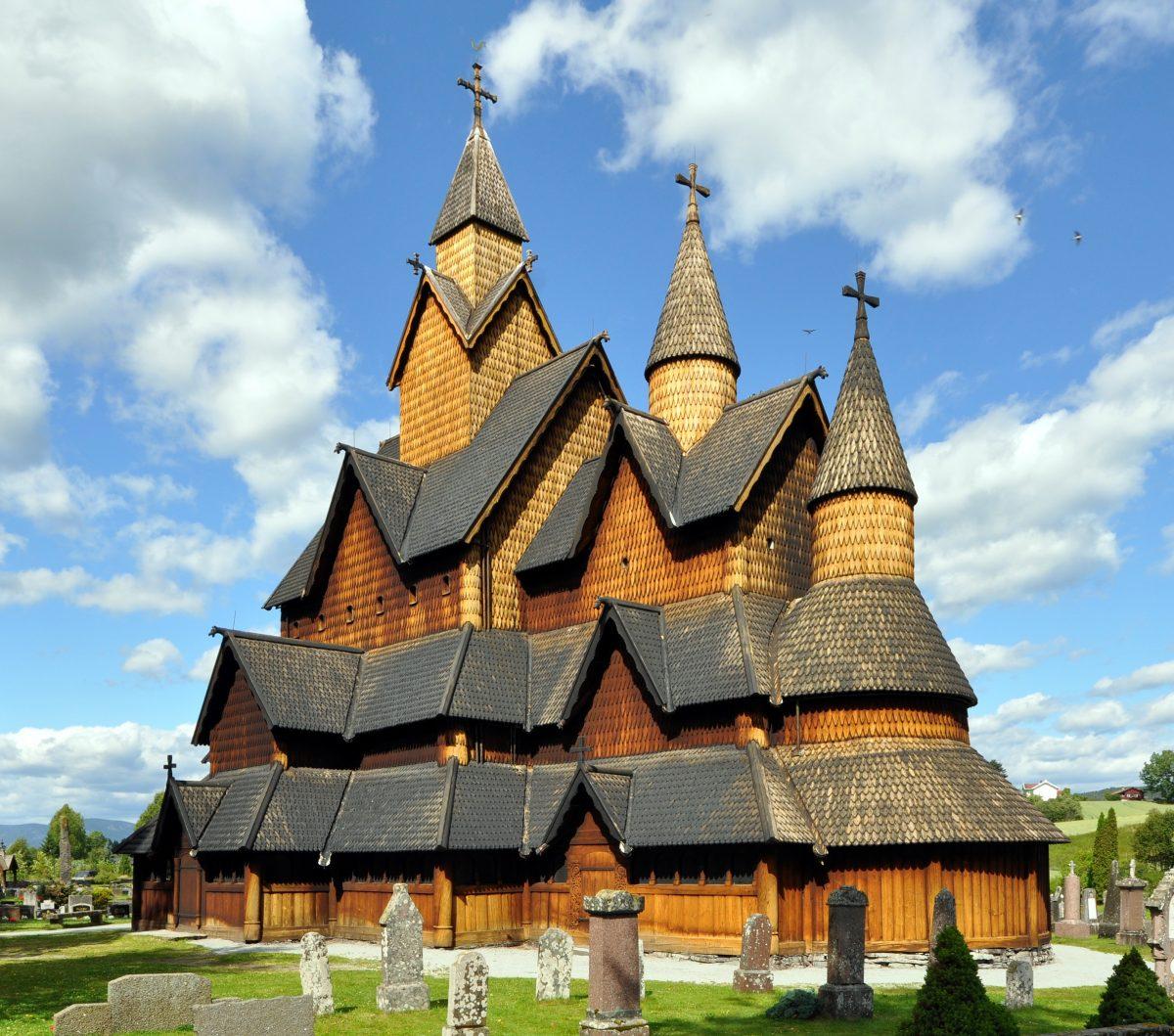
A handmaiden of God had she been—a wayward, unruly servant, oftenest an eye-servant in her prayers and faithless in her heart, slothful and neglectful, impatient under correction, but little constant in her deeds—yet had he (Erlend) held her fast in his service and under the glittering golden ring a mark had been set secretly upon her, showing that she was His handmaid, owned by the Lord and King who was now coming, borne by the priest’s anointed hands, to give her freedom and salvation—
Kristin’s thoughts serve as her epitaph and as a theme of the book: suffering, mistakes made, sins committed, and yet always the hope for mercy and peace.
